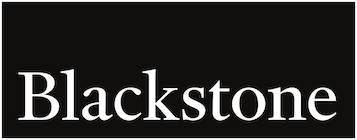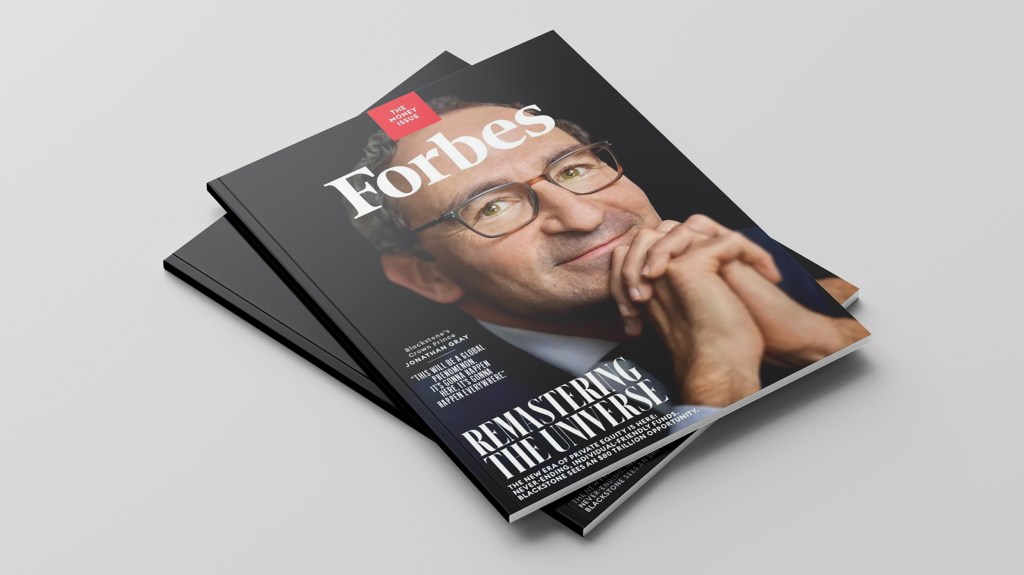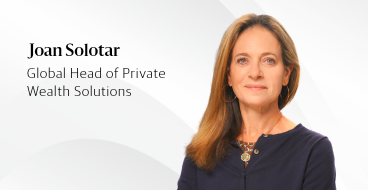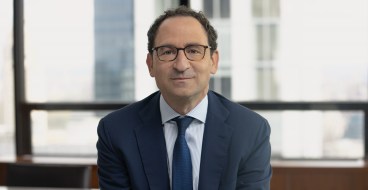Forbes: Blackstone’s $80 Trillion Opportunity
In this cover story, Forbes looks at Blackstone’s journey to today and the enormous runway we see ahead in new asset classes, new geographies and new types of investors.
Read More about Forbes: Blackstone’s $80 Trillion Opportunity











